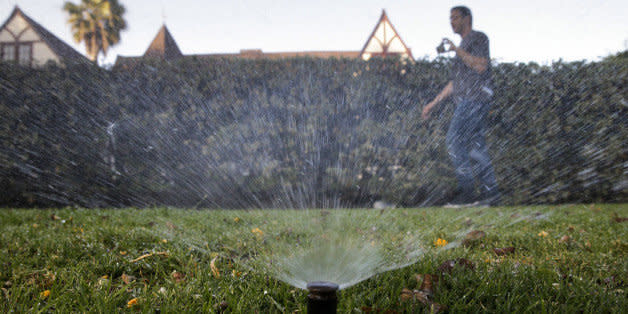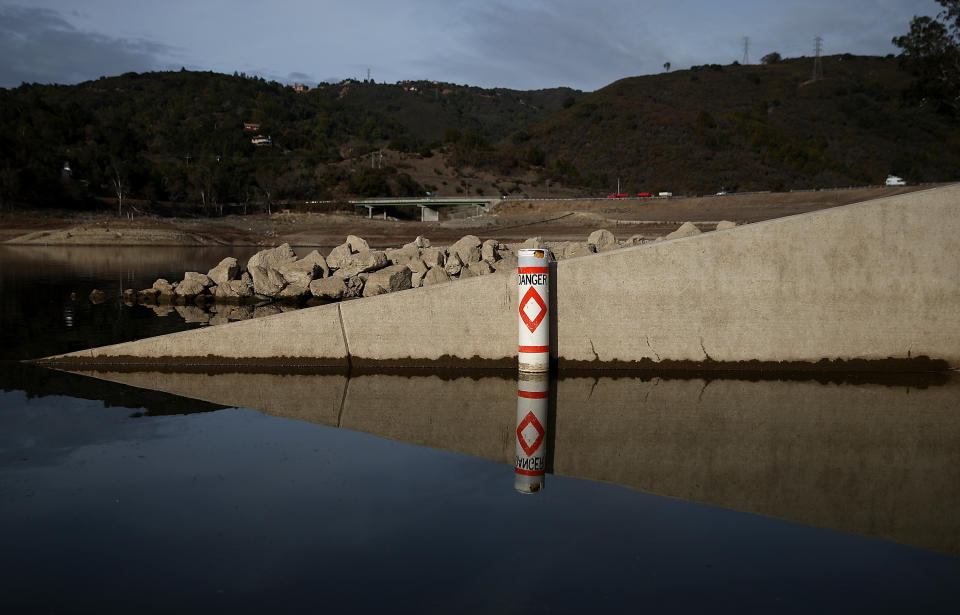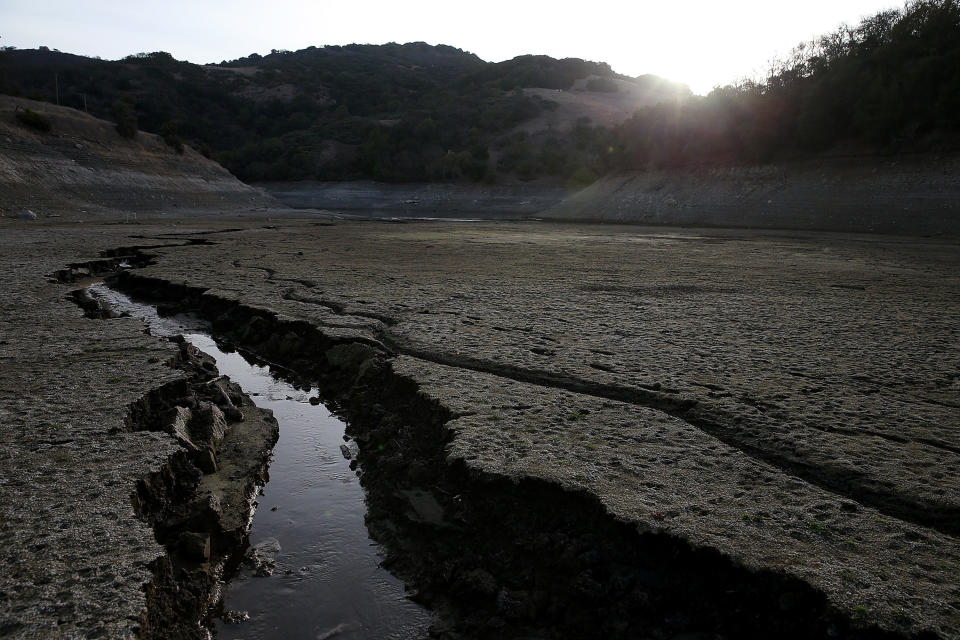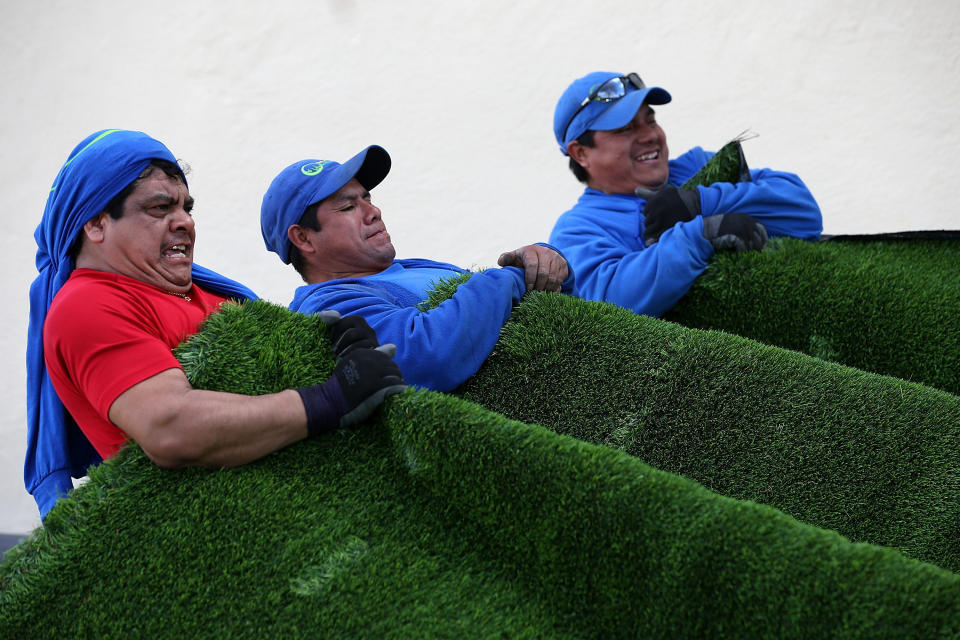California Just Cut Its Water Use In A Major Way

In the households of drought-stricken California, something finally clicked.
This May, the last month in which water conservation was voluntary, urban water users consumed 28.9 percent less water than in May 2013, the State Water Resources Control Board announced Wednesday. This surpasses the 25 percent mandatory cutbacks that went into effect June 1.
The major drop marks the steepest water-use decline in year-over-year comparisons since Gov. Jerry Brown asked residents to restrict their water use last year, the Sacramento Bee noted. The conservation effort is shocking in contrast with how little Californians cut back on water in March and April, when residents decreased water use compared to those months of 2013 by just 3.6 percent and 14 percent respectively.
“The numbers tell us that more Californians are stepping up to help make their communities more water secure, which is welcome news in the face of this dire drought,” water board chair Felicia Marcus said in a statement. “That said, we need all Californians to step up -- and keep it up -- as if we don’t know when it will rain and snow again, because we don’t. If the drought continues beyond this year, we’ll all be glad we did.”
Love HuffPost? Become a founding member of HuffPost Plus today.
Starting June 1, California's urban water users had to comply with the state's first-ever mandatory water restrictions and reduce consumption by a statewide average of 25 percent. But even if the state as a whole exceeds conservation expectations again, households can still be penalized for not meeting the state-assigned conservation standard in their district, which ranges from 10 to 35 percent.
Standout water districts from the May report include those in Bakersfield, Orange County, Riverside, San Mateo, Sacramento, San Jose, San Diego and Cucamonga.
"These high achievers include both inland and coastal communities, proving that it can be done," the water board wrote in its report.
California is inching toward the start of a fifth year of relentless drought. An April snowpack measure in the Sierra Nevada mountains revealed levels at a record low of 6 percent of the long-term average for that time of year.
California Drought Dries Up Bay Area Reservoirs

California Drought Dries Up Bay Area Reservoirs

California Drought Dries Up Bay Area Reservoirs

California Drought Dries Up Bay Area Reservoirs

California Drought Dries Up Bay Area Reservoirs

Californians Install Artificial Lawns Due To Statewide Drought

This article originally appeared on HuffPost.

